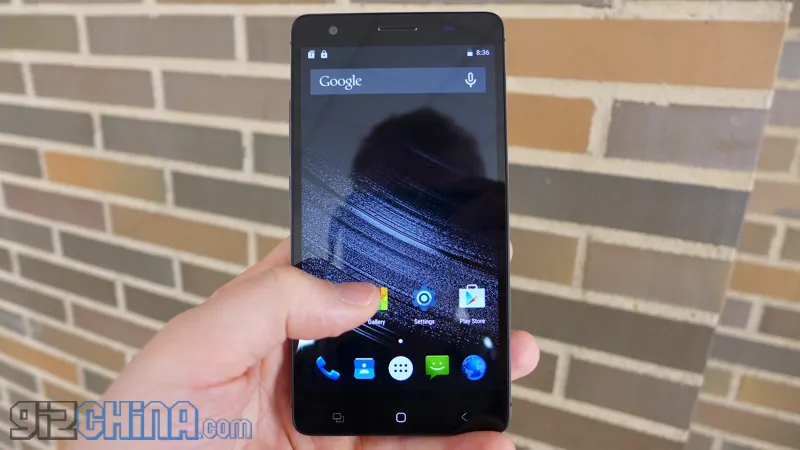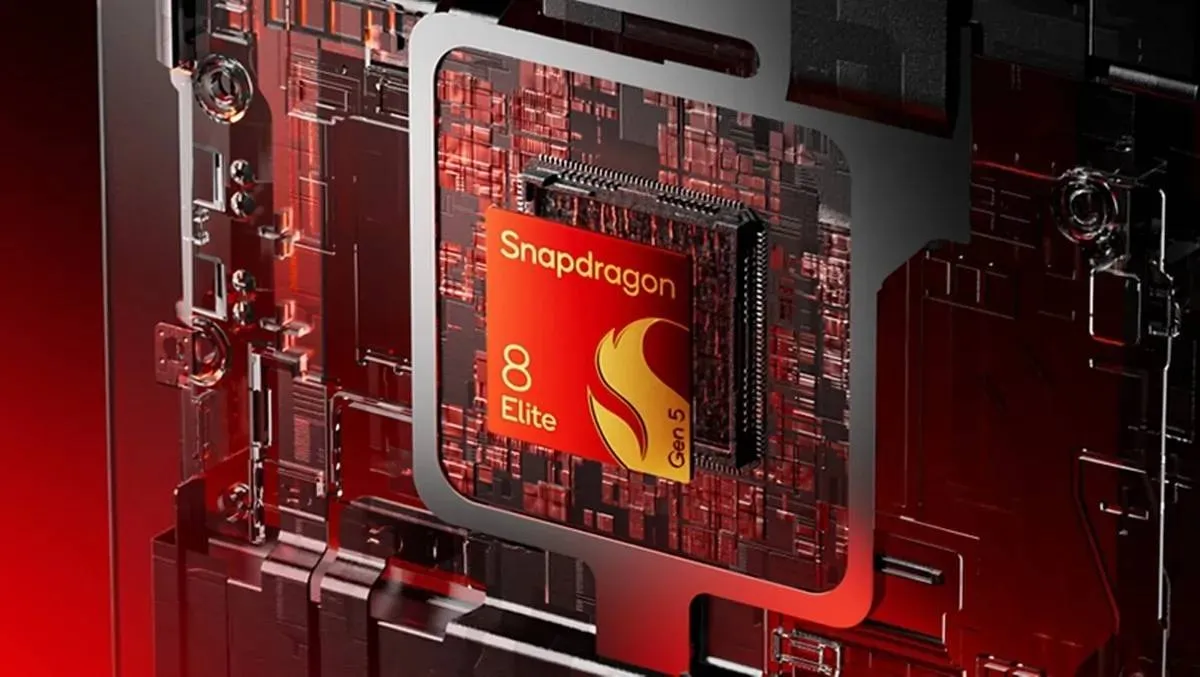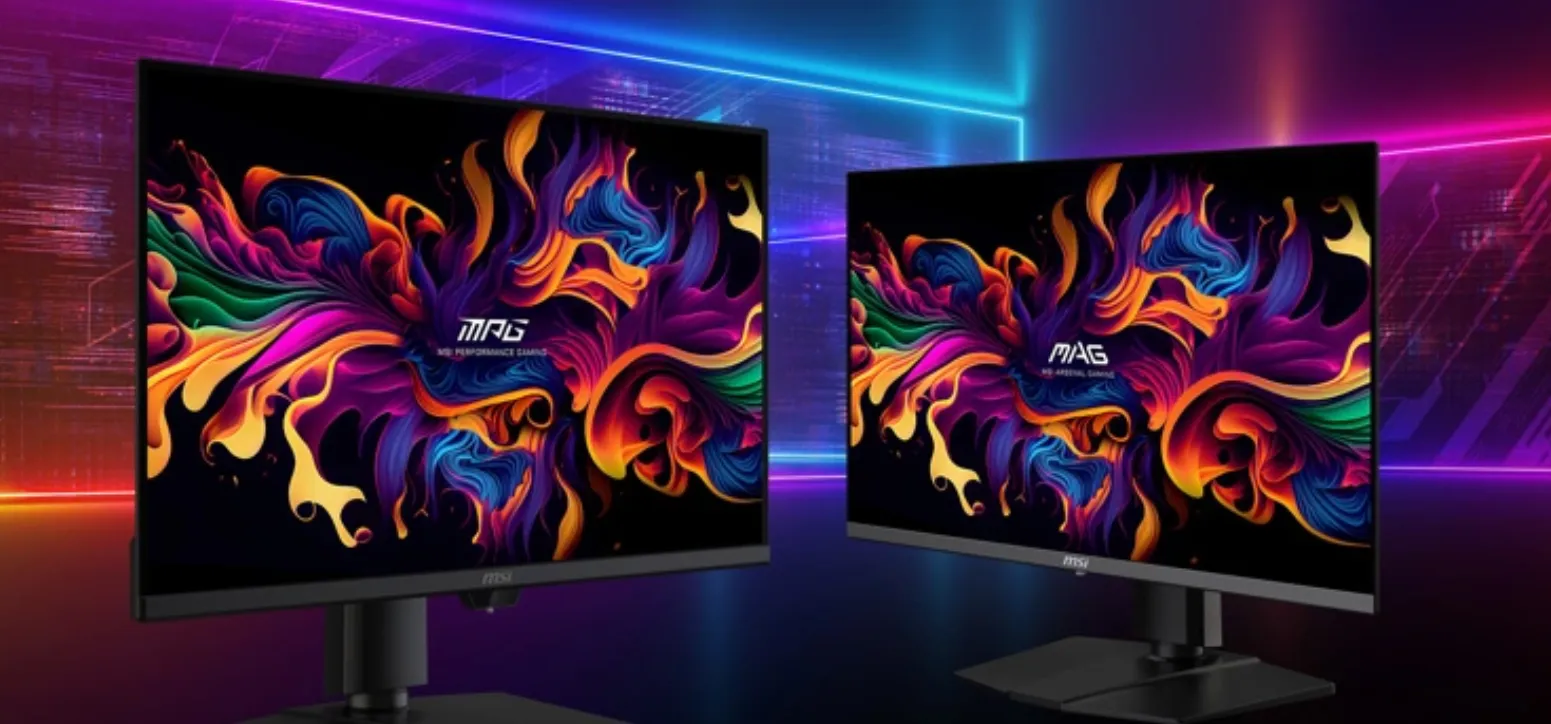Mlais to launch Mlais M7 Plus with better hardware and lower cost
PhonesThursday, 16 July 2015 at 12:36

Mlais have announced that a new and improved version of the Mlais M7 will launch soon with new hardware and a better price.
We reviewed the original Mlais M7 some days ago and were happy with the hardware and build but mentioned that an optimised ROM would really unlock the true potential of the phone. Well Mlais sound like they are doing just that along with a few hardware improvements to with the Mlais M7 Plus.
Mlais have confirmed that the new M7 Plus will be physically similar to the M7, which is good as we enjoyed the compact body with 5.5-inch display, but have a new fingerprint scanner, camera, processor and ROM for the phone.
A new OneTouch fingerprint scanner on the Mlais M7 Plus means that a single press will both wake up and unlock the phone, rather than the current method of waking the screen then unlocking.
Mediatek’s new MT6753 octacore chipset will be at the heart of the phone with the same 3GB RAM and 5.5-inch 720p display but the phone will now run Android 5.1 out of the box rather than 5.0.
The final upgrades come in the way of a slightly larger 2800mAh battery and a Sony IMX214 13 mega-pixel main camera in place of the IMX135 of the original.
Mlais have mentioned that the price of the Mlais M7 Plus will be lower than $189.99 but we will have to wait to find out just how much the phone will cost.
[ Mlais ]
Popular News
Latest News
Loading




